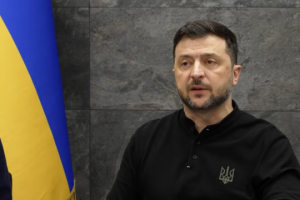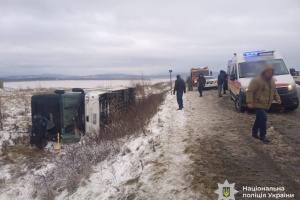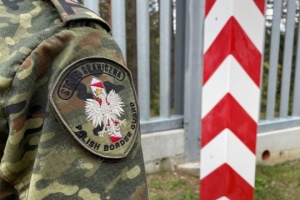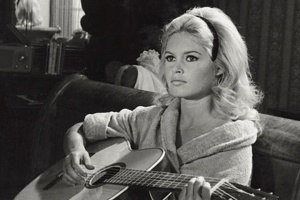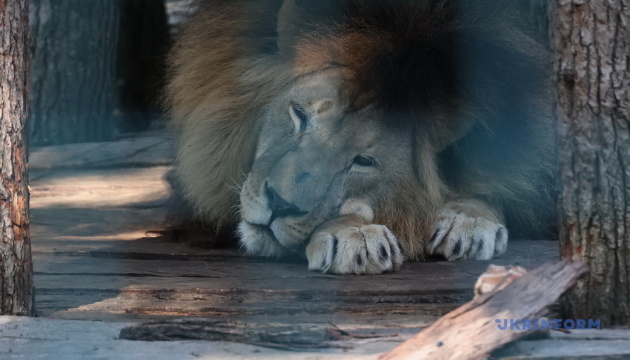
The Ecopark outside Kharkiv: recovering after an ecocide
Feldman Ecopark is located behind the Kharkiv Ring Road. It is only 25 kilometres from the Russian border. In the first few days of the full-scale invasion, the territory of the park, which was home to about five thousand animals, was within range of Russian shelling, and there were battles nearby.
This year, on the occasion of Children's Day, the Ecopark set up a new location—the Alpaca Valley—off the main site. However, the vast ‘former’ territory is also being restored, and the animals are gradually being returned from the areas to which they were evacuated. Ukrinform’s correspondents saw what the invaders had done to the park and how it is now being rebuilt.
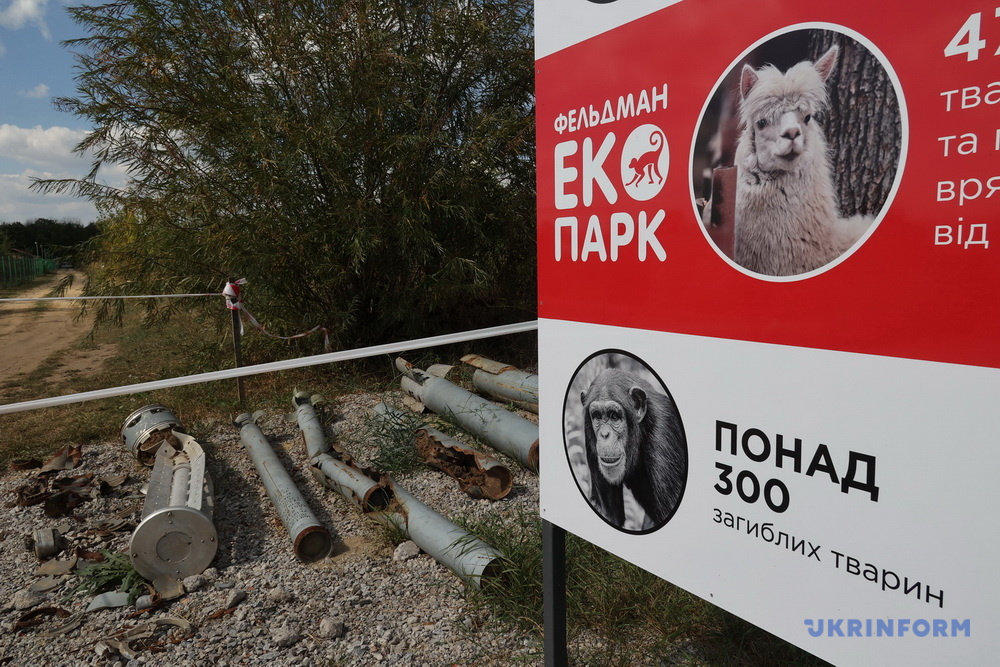
SIX PEOPLE AND OVER 300 ANIMALS DIED
The central building next to the entrance was smashed to pieces by Russian Grad rockets. This was a place where young naturalists used to work, incidentally. Had the Russian invasion not taken place, plans to build a glass-roofed winter garden on the roof would have gone ahead. All the other buildings and enclosures were damaged, too. The ruins are overgrown with weeds, and the remains of ammunition found by demining specialists are piled up next to one of the paths.
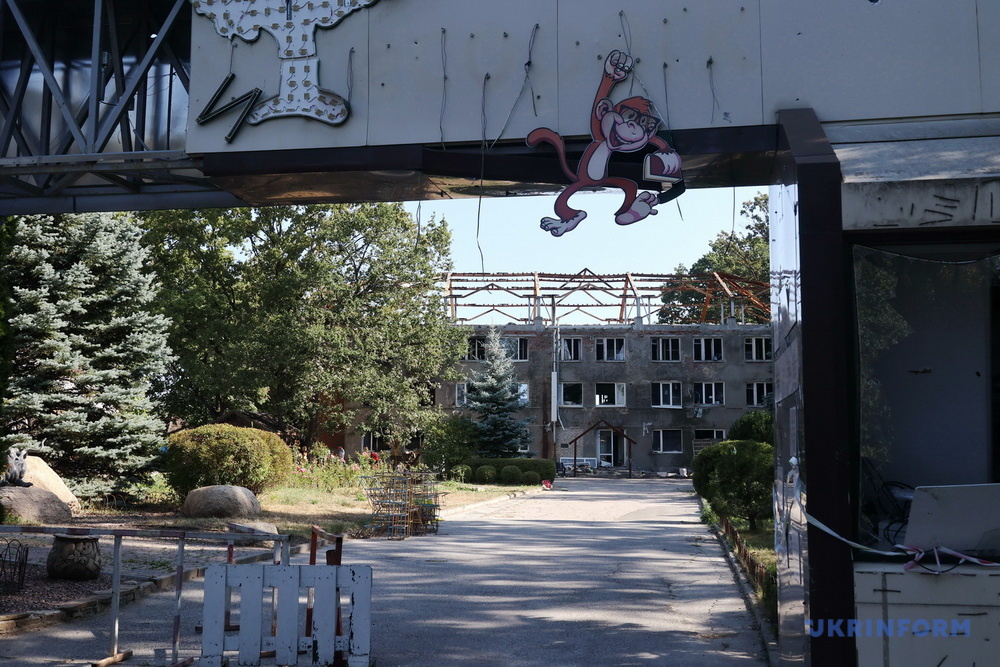
It is heartbreaking to see all this: the Ecopark was an extremely popular place for family holidays. Up until 2014, Russians often came here by bus as part of tours, or in private cars. The park was famous both for its unique collection and for the excellent way in which it treated the animals. In particular, the conditions created here allowed tapirs to give birth to their young (this was not the case in any other zoo in the country).
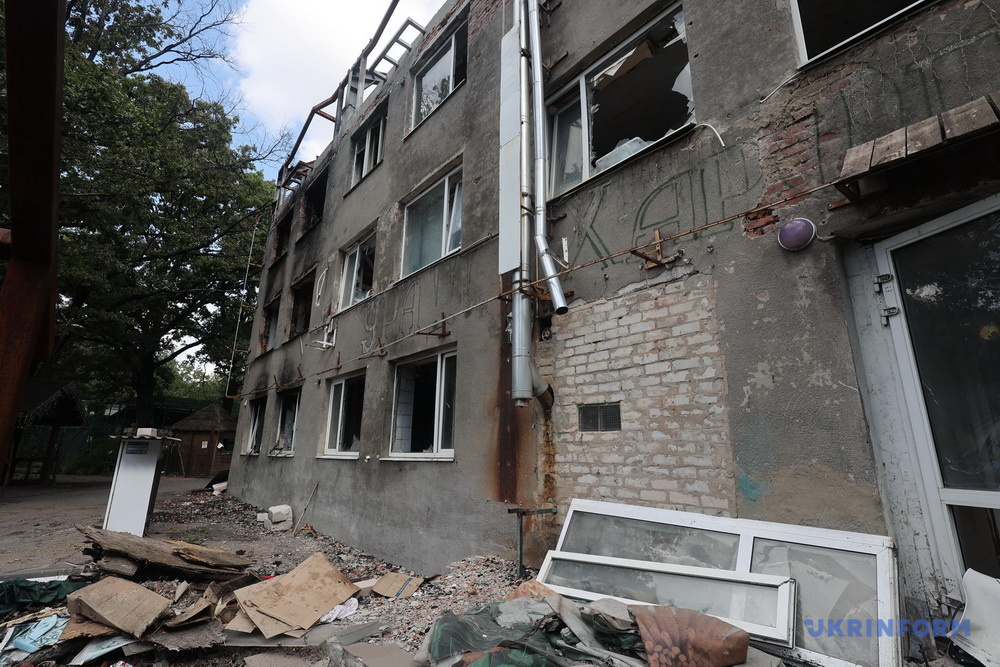
When the shelling started, the ecopark lost power and therefore heating. Some animals died because of the cold. Most of the time, the keepers only had 10 to 15 minutes, or at best a few hours, of calm in which to unload the food. They left as much as possible, because they did not know when they would be able to get to the Ecopark again.
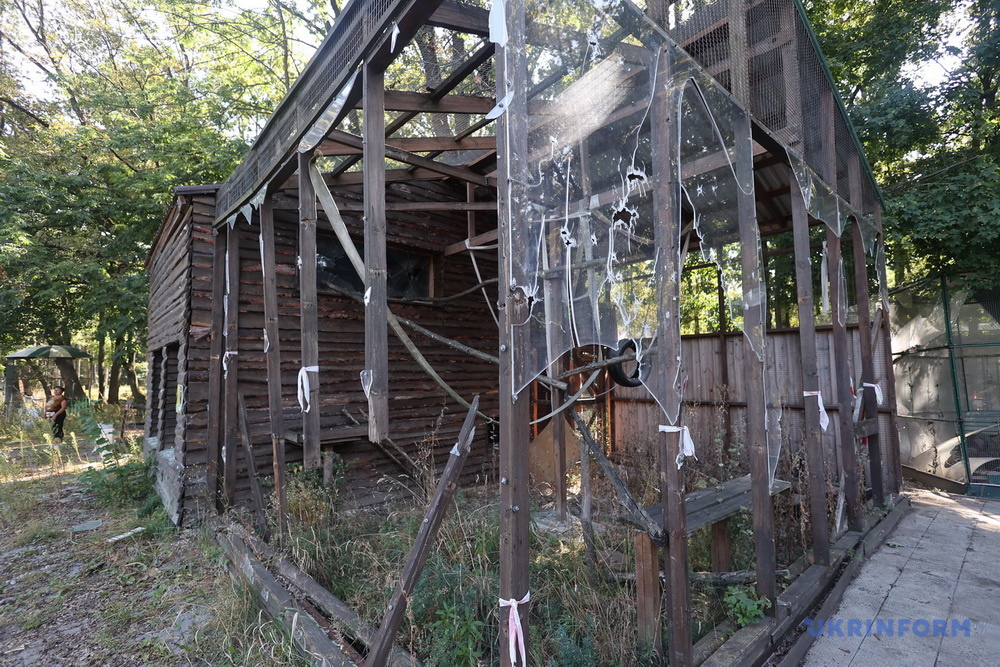
In their efforts to save the animals, six people—employees of the park and volunteers—died on different days. Among them was a young boy who was helping his parents.
Two keepers who had been shot dead were found on 19 April in the Ecopark's restroom. Their colleagues are sure that they died on 7 March: the men went to feed the animals that day and never returned.
‘The evacuation process was long and painful, lasting from the beginning of March to the beginning of May. Everything happened in different ways. Sometimes, everything went smoothly and without shelling, but there were times when we came for specific animals and found dead carcasses. Over 300 large animals were lost: predators, primates, ungulates. People were killed by the shelling, too’, the director of the Regional Landscape Park ‘Feldman Ecopark’ Serhii Ostapenko notes.
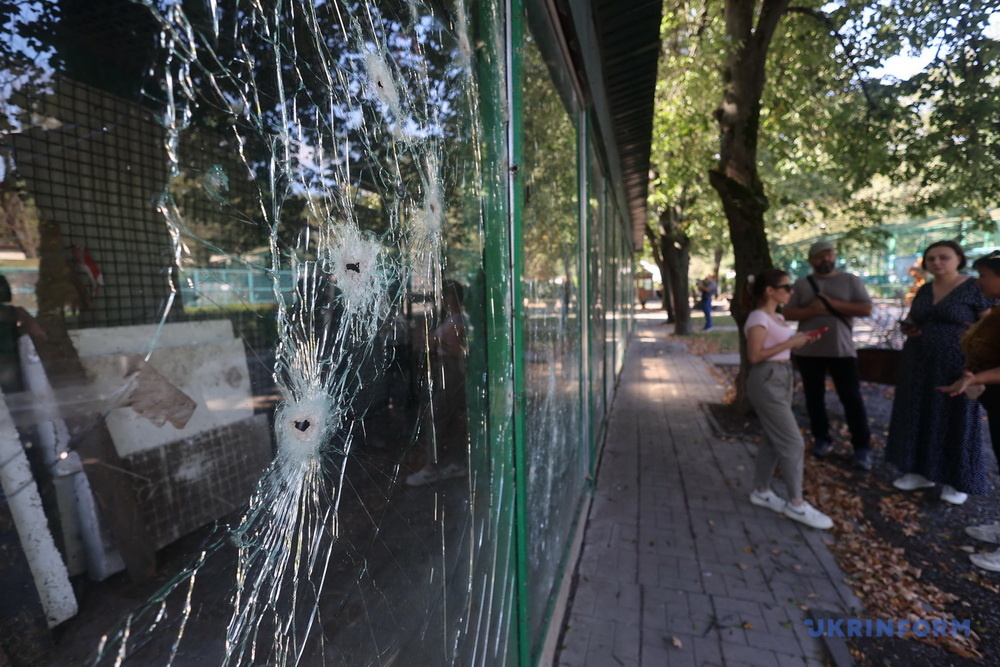
There were times when the evacuation team’s success really was miraculous.
‘For example, we had to take away the baboons, animals that even leopards are afraid of. Because when these monkeys attack in a group, they can kill a predator. So how do you get them to enter a cage for transportation? They are a pack, after all: there’s a leader, females, and infants. And then the shelling started. One of the volunteers said, in all seriousness: “If you want to live, get into the cage”. And they did! The animals understood him’, Ostapenko said.
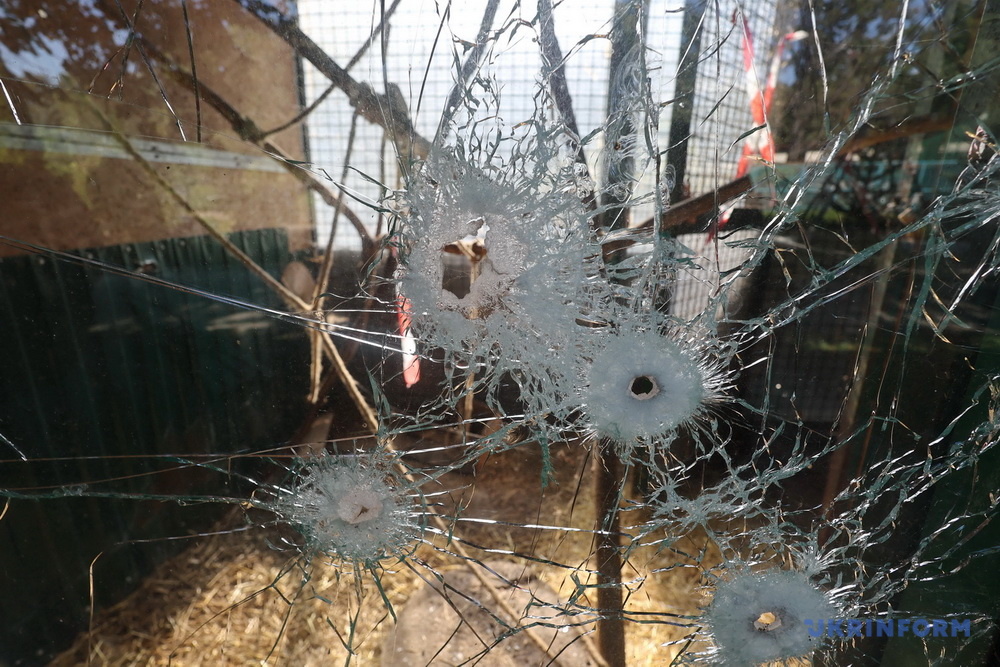
THE RUSSIANS SHOT SMALL ANIMALS AS IF THEY WERE IN A SHOOTING GALLERY
Another problem was the transportation of large predators. On 5 April, Oleksandr Feldman, the founder of the Ecopark and a people's deputy, posted an appeal on his Facebook page. He said that due to the shelling, this place that Kharkiv citizens loved so much did not exist anymore, and each subsequent strike was liable to destroy the enclosures housing bears, lions, and tigers. He noted that if the animals survived, then, frantic with fear, they would run away and end up in populated areas. Because of this threat to people, the option of euthanizing these animals was being discussed. The whole country responded in order to help them.
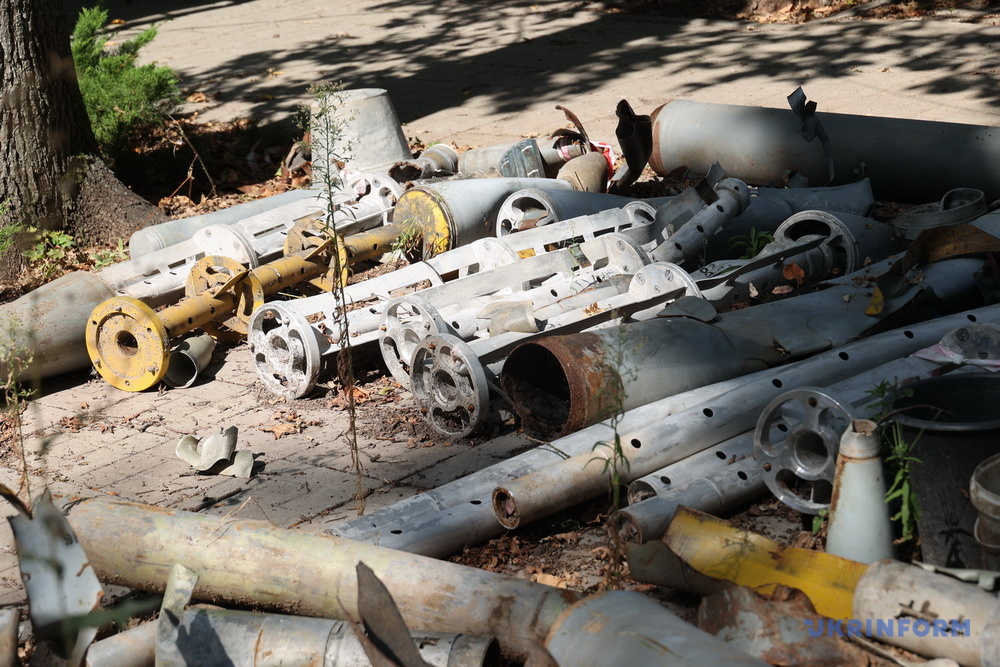
‘The degree of unity for the sake of the rescue was unimaginable. I would especially like to mention the people of Dnipro. The drivers were real daredevils. Of course, they were afraid, but they drove here nonetheless. We are grateful to everyone who gave shelter to our wards. The Ecopark in the village of Kovalivka, in the suburbs of Poltava, took in the largest number of animals, up to 90 per cent. Kharkiv Zoo took the primates and the lions. Some animals went to the western regions’, Ostapenko says.
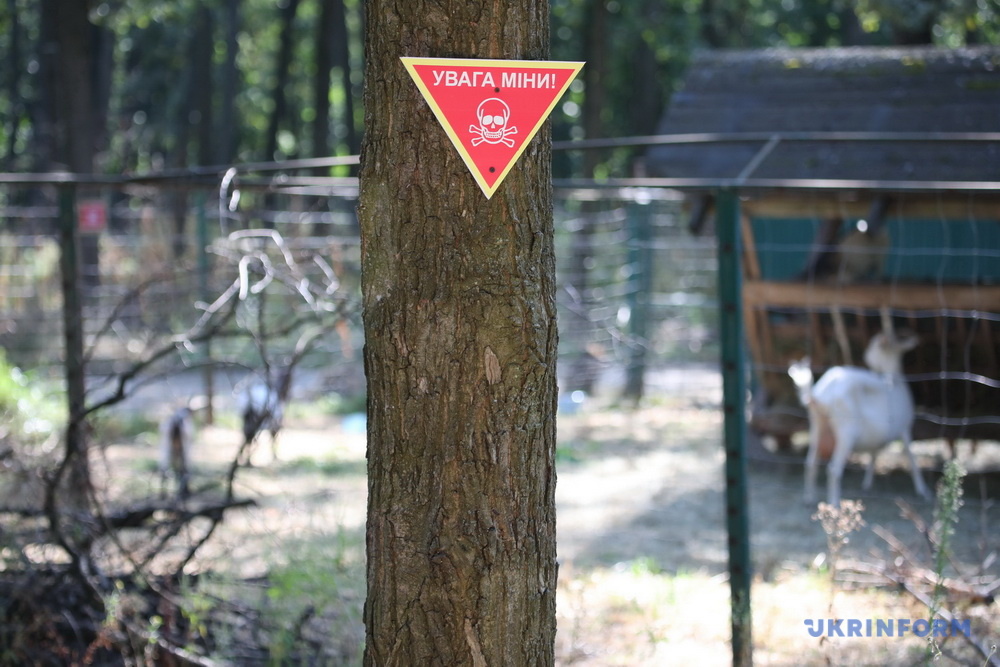
Sasha the bison, who was only one-and-a-half months old at the beginning of the invasion, has a tragic story. He was orphaned.
‘We thought he wasn’t going to survive. The bison enclosure was located in a remote part of the park, the area closest to the village of Tsyrkuny (occupied until 5 May 2022 – Ed.), where the occupiers were shelling us from. A couple of bison were killed by shrapnel, and the calf was injured by the blast wave. The parents had tried to protect him: the baby was between their bodies when it was found. We were so worried. In Kovalivka, they fed him well and put him back on his feet’, says the director.
The Ecopark staff promise that in due time, they will find a girlfriend for Sasha, so he will not be lonely.
The invaders also killed a third of the dogs from the kennel, which was also very close to Tsyrkuny
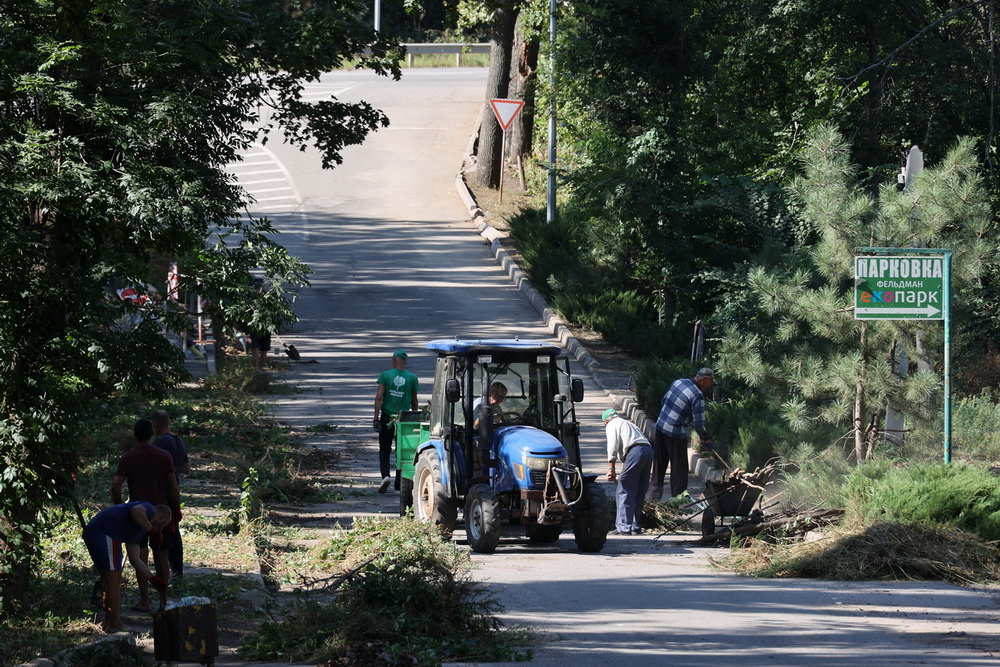
‘A sabotage-reconnaissance group entered that part of the park. There was an employee on duty, a 75-year-old man. The Russians were beating him, making him kneel down, and shooting next to him. They also abused the dogs: they did not allow them to be fed or watered’, Mr Ostapenko recalls.
The park staff showed us evidence of another horrific crime committed by the Russians: the transparent plexiglass parts of the enclosures had holes in them made by small arms fire. The Russians shot groundhogs, porcupines, martens, weasels, guinea pigs, and rabbits. The staff were able to bury the remains of the animals a few months later.
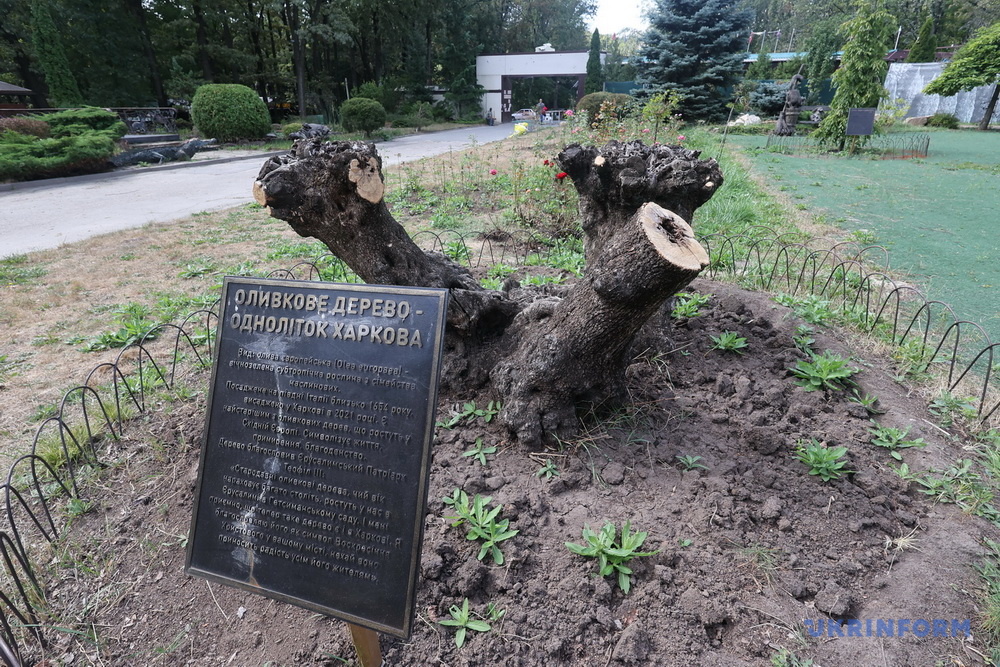
‘Some of them had bullet holes in the middle of their foreheads. The invaders were having fun, as if they were at a shooting gallery’, says Svitlana Vyshnevetska, deputy director of the animal health unit, with tears in her eyes.
Vyshnevetska has relatives in Moscow. After everything she had been through, she told them never to call her again.
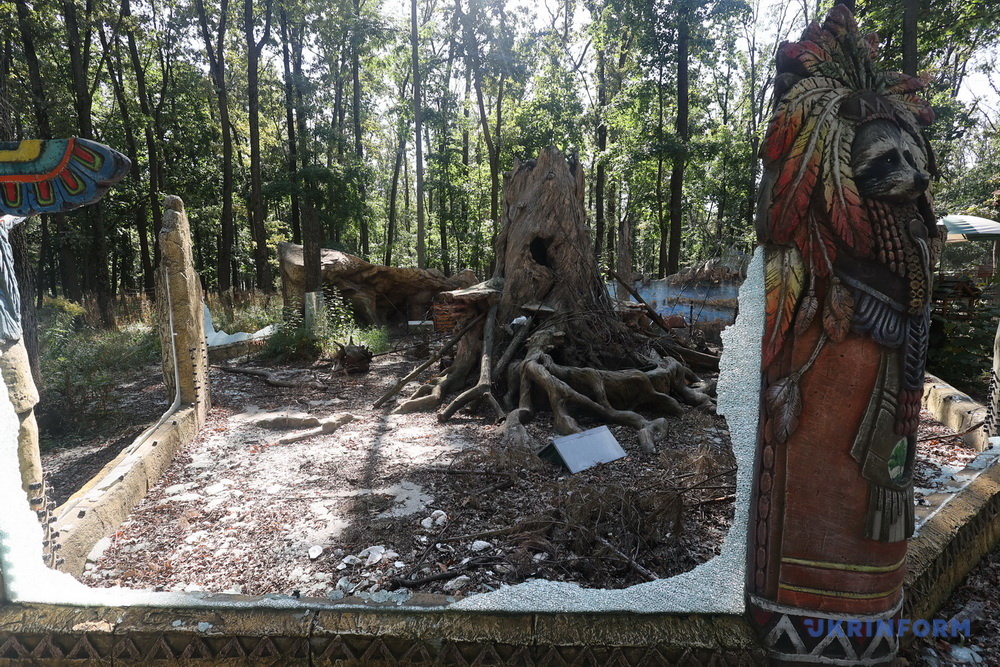
‘They believe what they see on TV. They say we have a “biolaboratory” here... I can't stand to hear about it. We loved our animals very much, we pampered them, hugged them, kissed them. I would go into the raccoons' enclosure and they would all climb on top of me. I would stand there with 23 raccoons hanging off of me!’ Vyshnevetska recalls.
The Ecopark’s director notes that the shot-up enclosures are not going to be removed for the time being, so that they can serve as a reminder of the Russian aggression.
‘You have to be complete moral freaks, with no principles whatsoever, to torture defenceless animals like that. This is ecocide!’ Ostapenko emphasises.

THE FIRST PREDATORS—A FAMILY OF LIONS—HAVE BEEN RETURNED
The clearing of mines from the territory of Feldman Ecopark has been taking place since February. There is a lot of work to do, because the park has an area of about 140 hectares. The specialists found some tripwires, but most of all, the remnants of cluster munitions, anti-personnel mines and anti-tank mines.
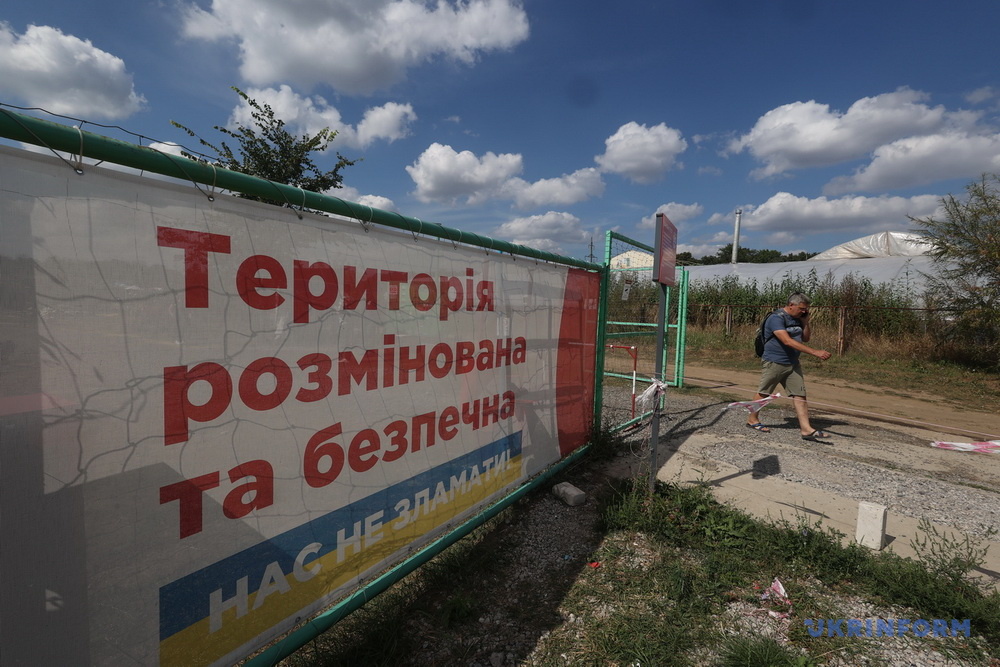
The administration assures us that most of the park is already safe, with about 35 hectares of the most difficult terrain still to be cleared. It is expected that the demining specialists will finish the job before the first snows come.
The first location to be cleared was not far from the main area, where, before 1 June, the Alpaca Valley site, with a petting zoo, was opened. It has camels, cows, goats, sheep, ponies, and a herd of alpacas. Since this area was built from scratch, the only reminders of the war here are information boards telling visitors about the Ecopark’s losses. Entrance to the site remains free.
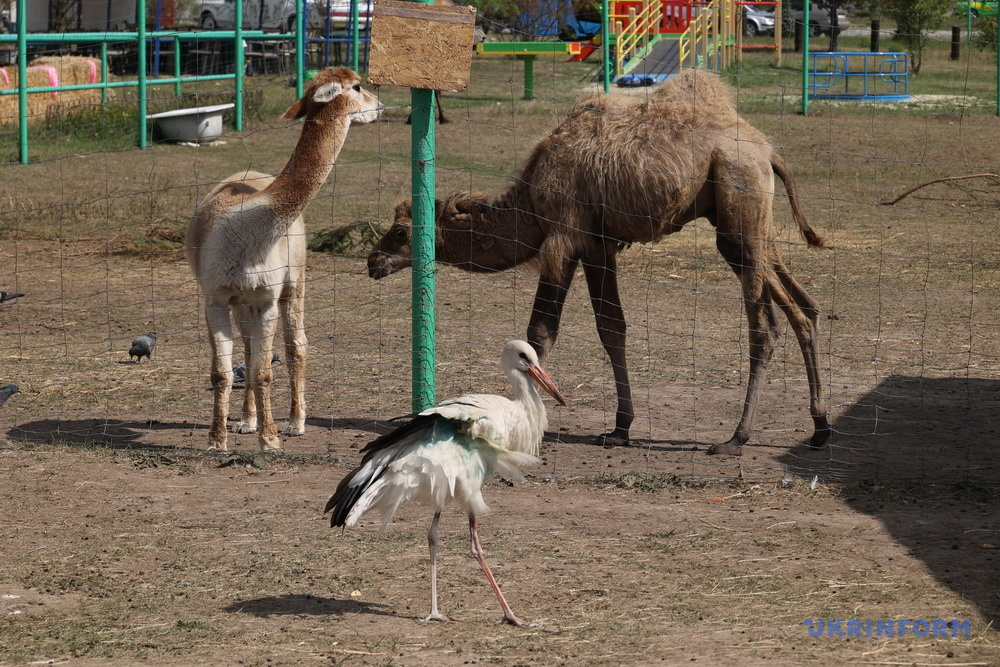
Despite everything, animals are already being returned to the old site that is so familiar to visitors.
‘When our defenders drove the Russians away, we immediately travelled here and started to restore the park, little by little. As soon as we finished repairing an enclosure, we immediately transported animals to it. So, several groups of ungulates, such as the buffaloes, are already home’, says Serhii Ostapenko.
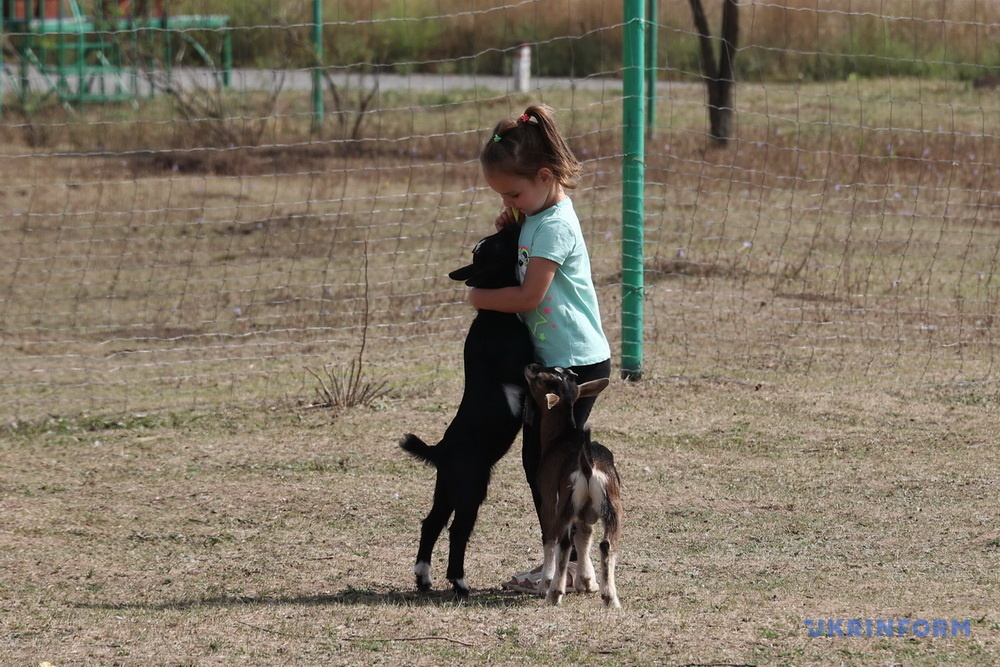
The goats, particularly the Nubian goats (which use their unusually long ears as fans), and Hungarian steppe cows make their presence felt and are quick to approach the fence.
A week and a half ago, a family of lions was transported here from Kharkiv Zoo. During the evacuation, this luxurious couple became the parents of two cubs. The dad is resting, the mom is lying down in the neighbouring enclosure under the plants, and the babies are playing in the middle. The cubs—a brother and sister—are just over a month old. These adult predators and their young, who have not yet had names chosen for them, have already adapted to the new conditions, Svitlana Vyshnevetska tells us.
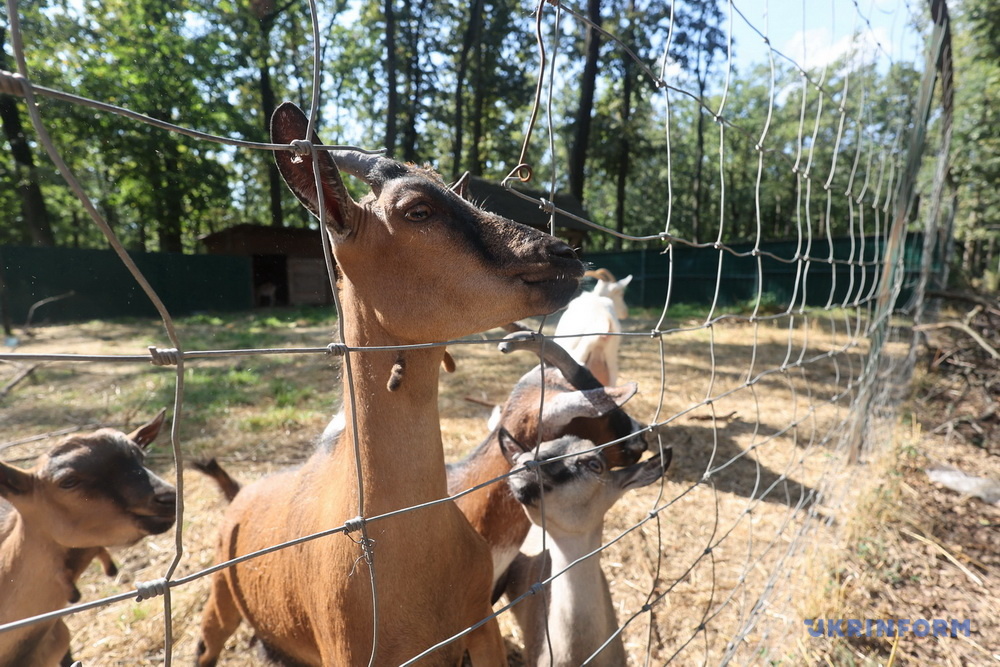
PREPARING FOR THE TRADITIONAL CHRYSANTHEMUM BALL
The park's employees note that a number of animals that escaped from the destroyed enclosures sometimes enter the park. The park’s staff therefore puts out food for them. They have already noticed that there is a deer that comes in, eats its fill, and leaves again. The keepers suspect that there are a few raccoons coming in, as well.
Visitors will be able to see the animals at the old site starting from 1 October: on that day, a traditional flower festival will begin here, one that used to be attended by tens of thousands of people before the Russian invasion.
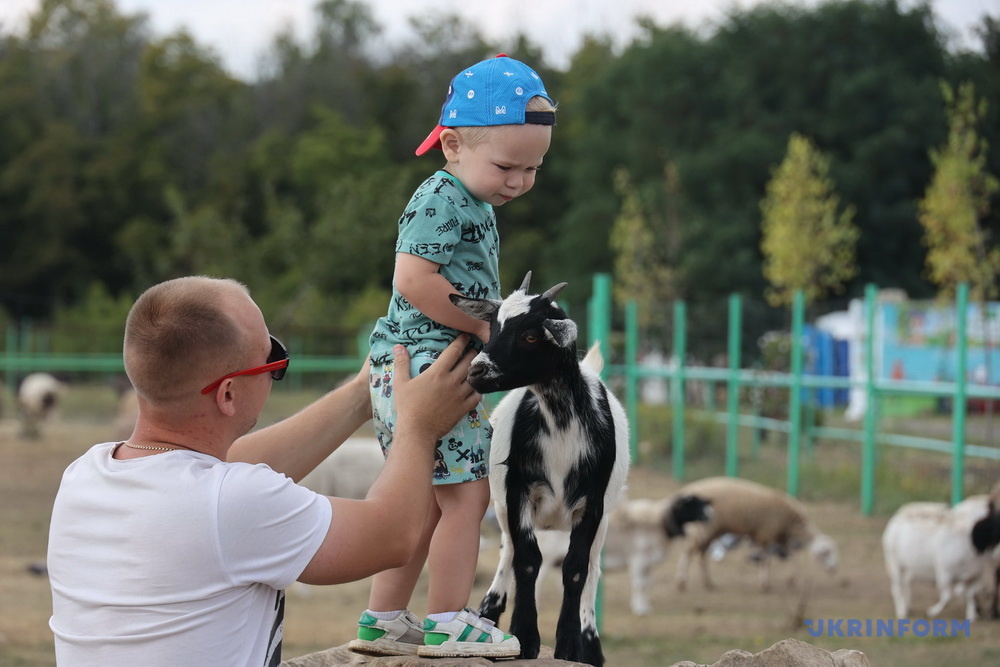
‘This year's Chrysanthemum Ball is a celebration of hope, life, and faith in our victory. We are preparing for it and clearing the locations. But there is a lot of work to be done, as you can see. We invite all concerned Kharkiv residents and visitors to come visit us this weekend and join the clean-up. There's no need to bring anything with you, except for a great desire to help us revive the Ecopark. We will provide gloves, equipment, and lunch’, the Ecopark's director noted.
According to him, the primate house will be rebuilt in three to four months. Right now, they are also restoring the lemur enclosure. Later, jaguars, pumas, and birds will be returned from the areas to which they were evacuated.
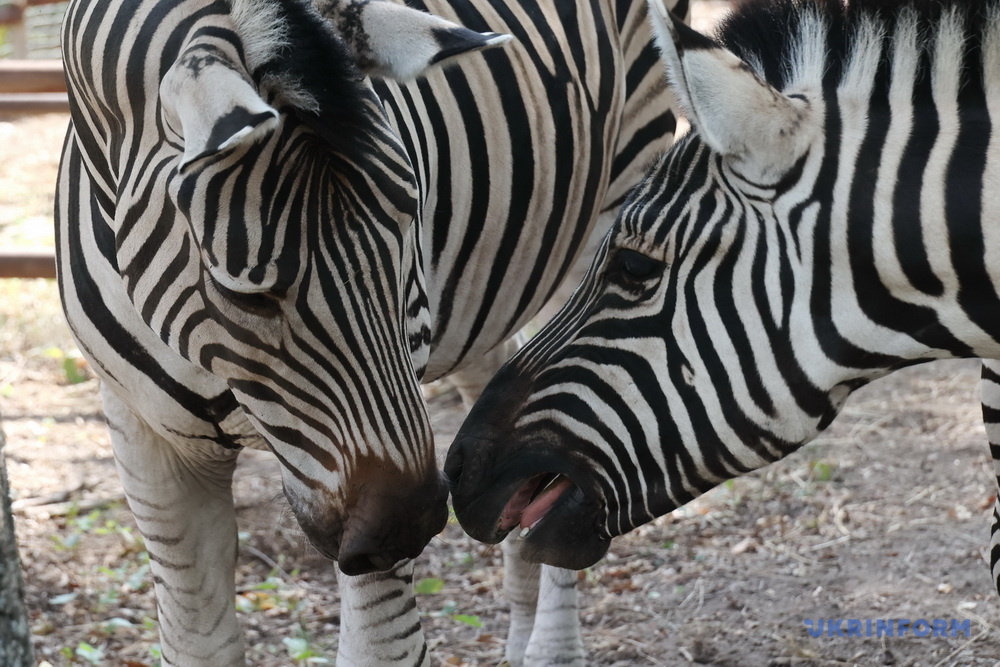
Electricity is gradually being supplied to the park.
‘We are actively preparing for winter. Some of the winter enclosures are going to have electric heating, others will be heated by solid fuel boilers. We plan to return all the animals by next summer. Some of the enclosures have to be built from scratch’, Mr Ostapenko notes.
The Ecopark is also thinking about ways in which to commemorate the victims of Russian aggression: the employees, the volunteers, and the animals that died.
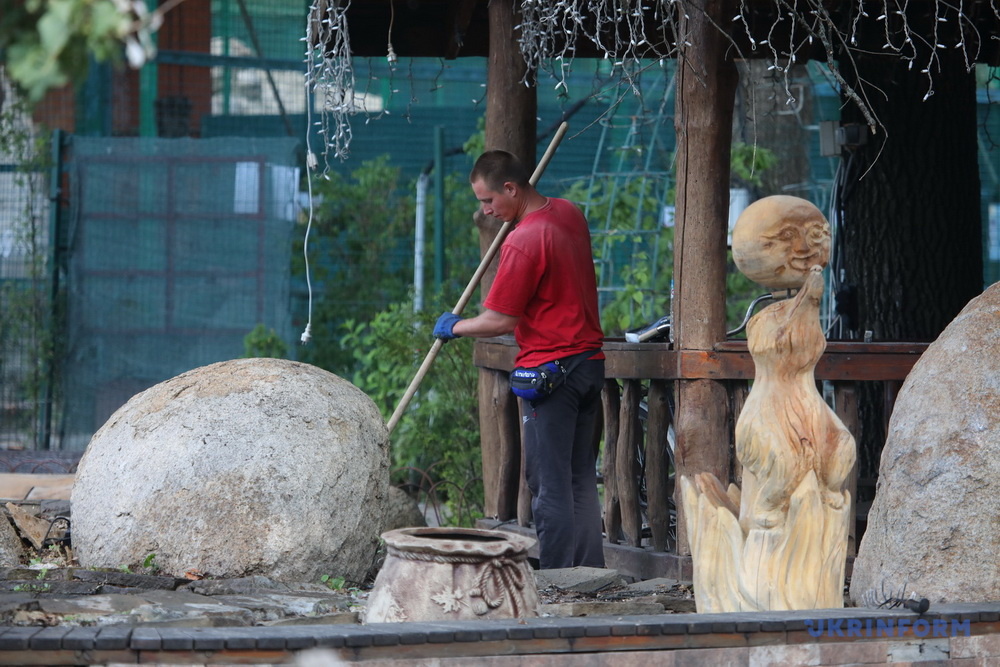
‘There will be two memorials, in memory of the people and animals who died, with their names and the circumstances of their deaths. The animals died not only from shrapnel wounds but also from the cold and stress. Several of them died after being evacuated because they were unable to recover from the stress’, the director emphasises. The memorials are scheduled to be unveiled in the late spring of next year.
Yuliia Bairachna, Kharkiv
Photos by Viacheslav Madiievskyi

